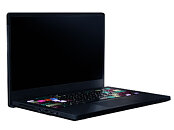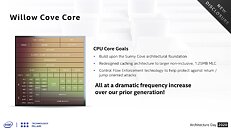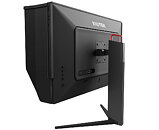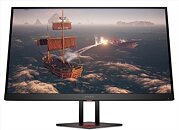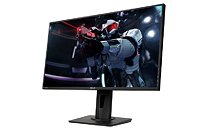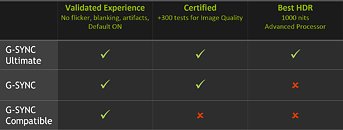
NVIDIA Releases GeForce 456.71 Game Ready Drivers
NVIDIA today released the latest version of its GeForce software. Version 456.71 WHQL comes game-ready for Call of Duty: Black Ops Cold War PC Beta, which includes not just optimization for the game, but also support for NVIDIA Reflex, a technology that works to reduce whole system latency. In addition, the drivers correct a handful of issues, including hardware-accelerated GPU scheduling resulting in lower performance for Divinity: Original Sin 2 Definitive Edition, a bug with G-SYNC enabled games triggering a black-screen in fullscreen mode, on certain Adaptive Sync displays; and Fortnite crashing on certain notebooks with RTX reflections and shadows enabled. Grab the drivers from the link below.
DOWNLOAD: NVIDIA GeForce 456.71 WHQL
DOWNLOAD: NVIDIA GeForce 456.71 WHQL


